
Question and Answers Forum
Question Number 103219 by Dwaipayan Shikari last updated on 13/Jul/20
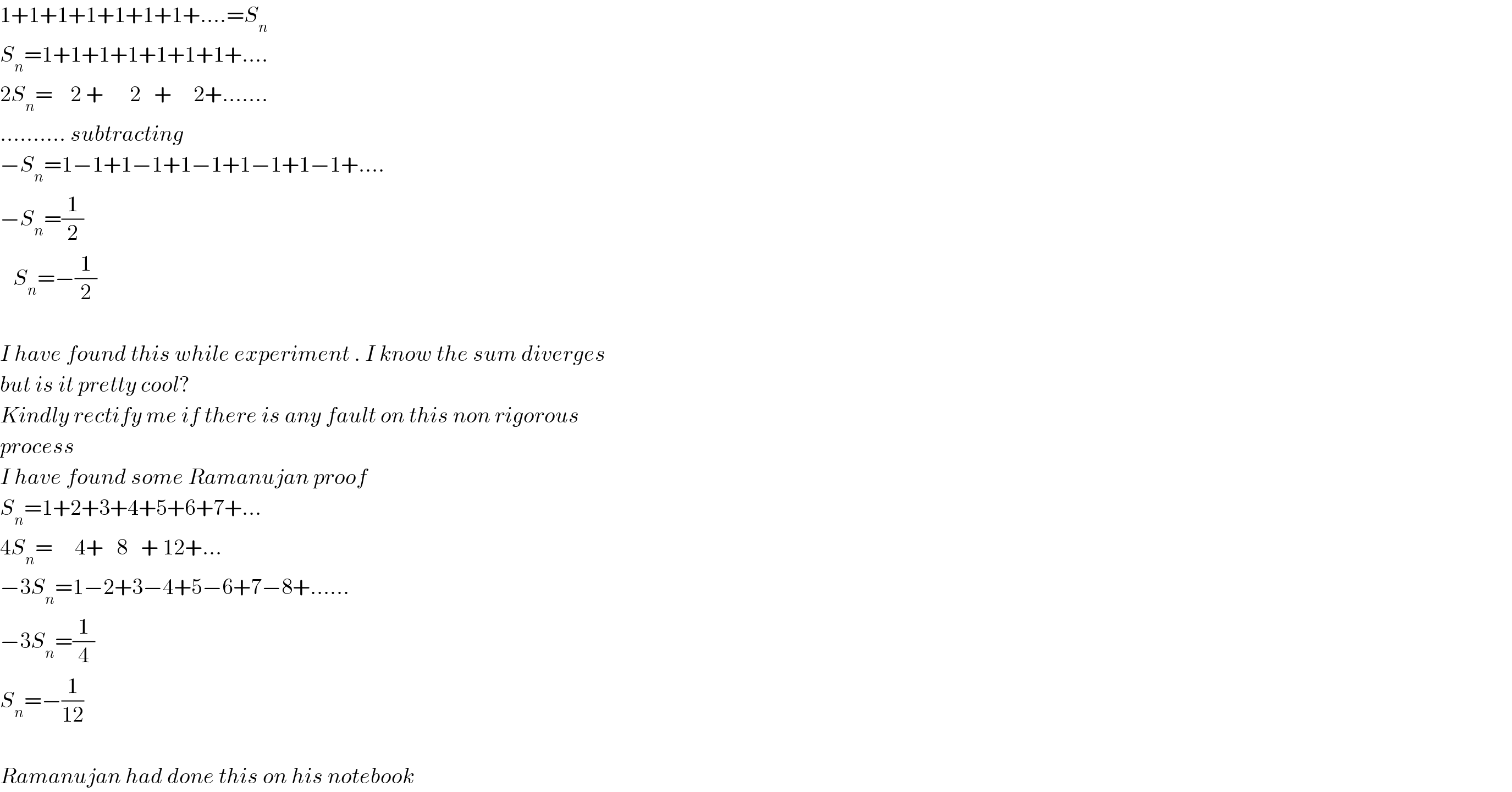
Commented by JDamian last updated on 13/Jul/20

Commented by Dwaipayan Shikari last updated on 13/Jul/20

Commented by PRITHWISH SEN 2 last updated on 13/Jul/20
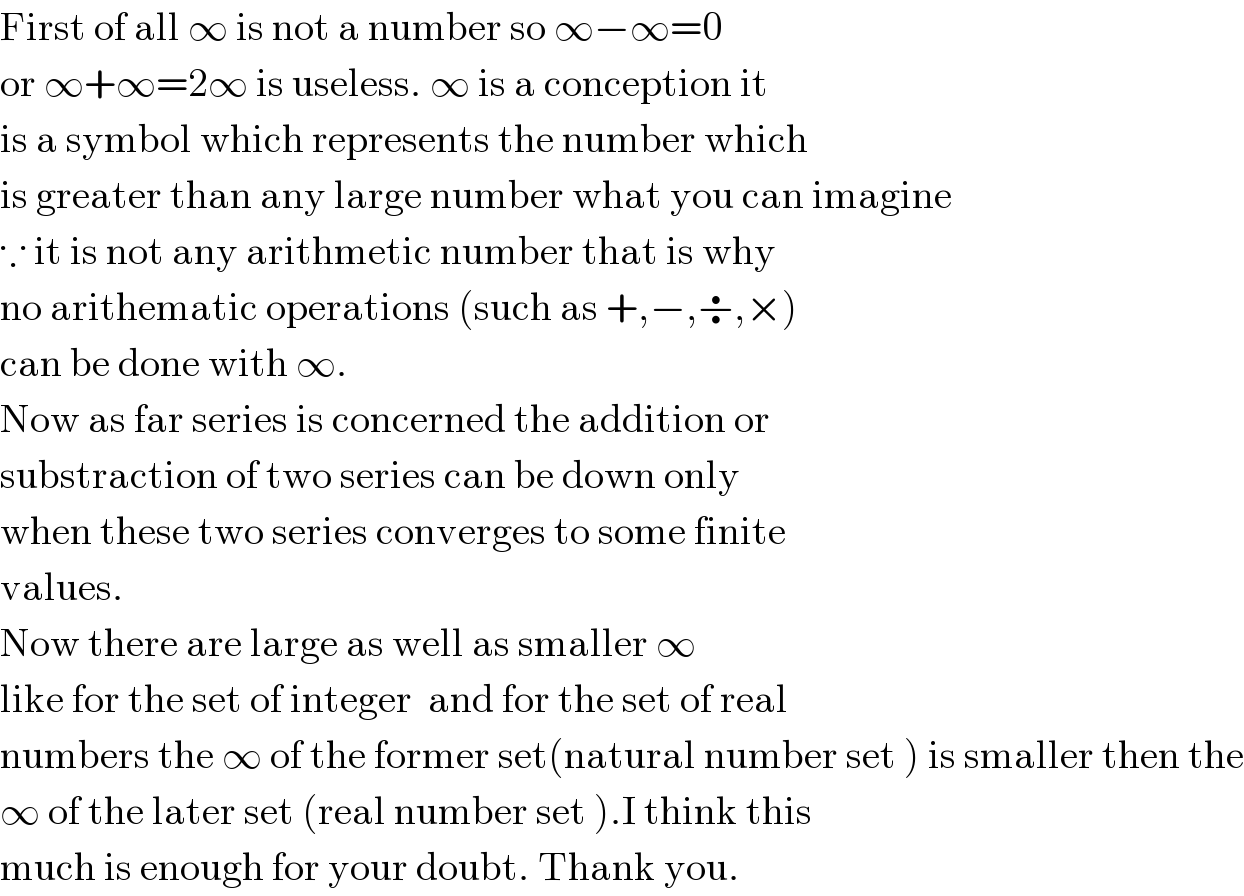
Answered by prakash jain last updated on 13/Jul/20
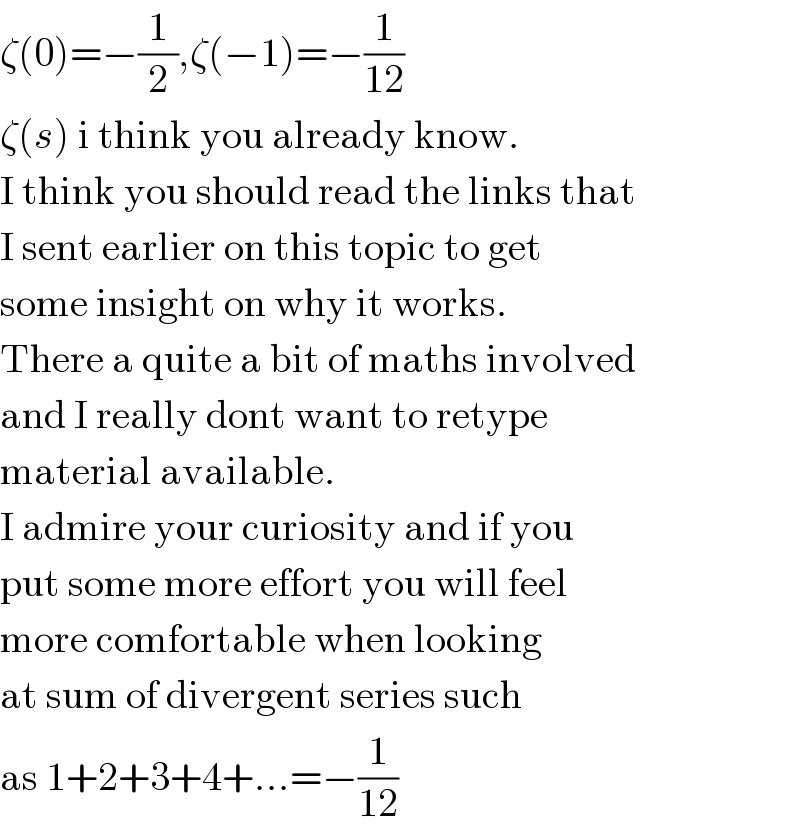
Commented by prakash jain last updated on 13/Jul/20
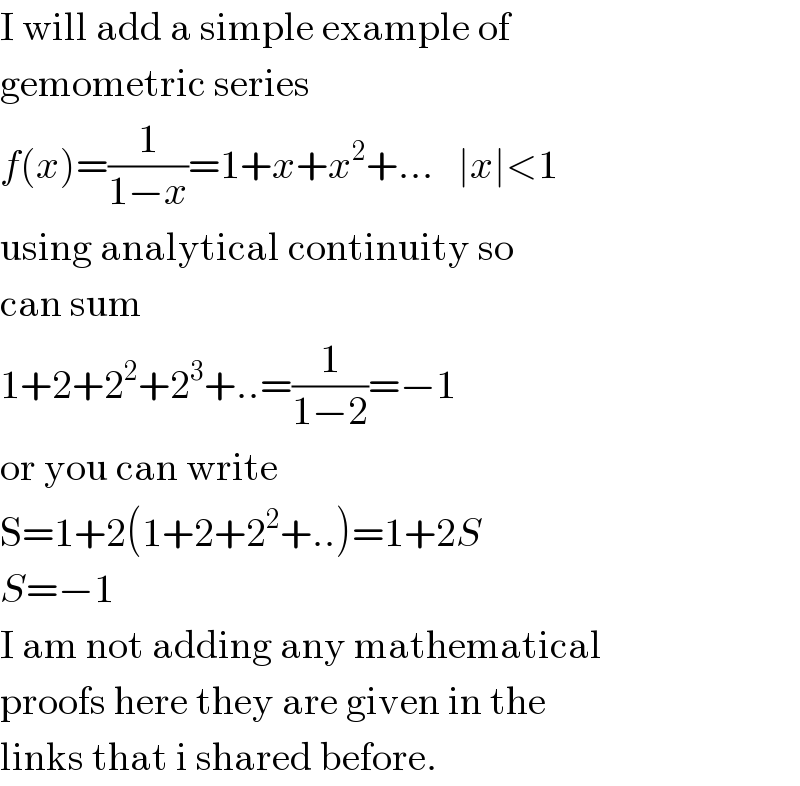
Commented by Dwaipayan Shikari last updated on 13/Jul/20

Commented by Dwaipayan Shikari last updated on 13/Jul/20
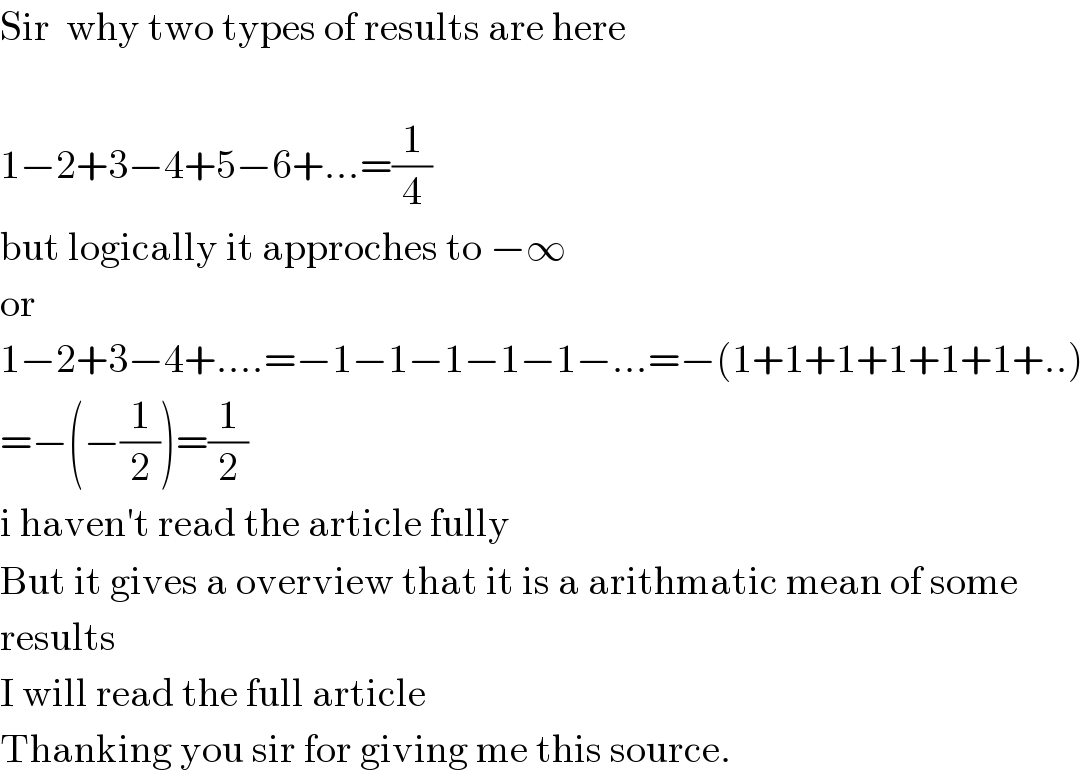
Commented by Dwaipayan Shikari last updated on 13/Jul/20
This is link which sir gave to me I want to share with everyone https://en.m.wikipedia.org/wiki/Analytic_continuation
